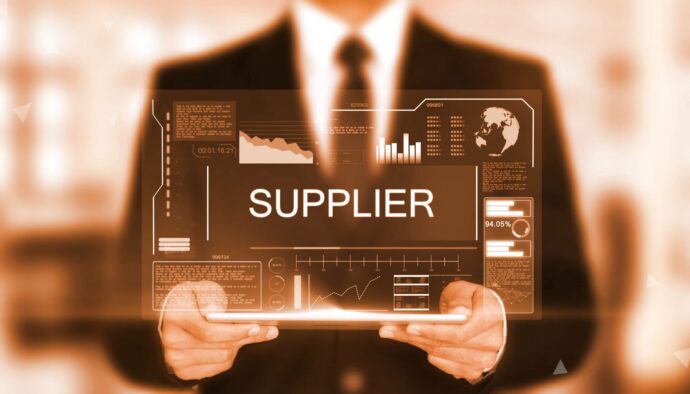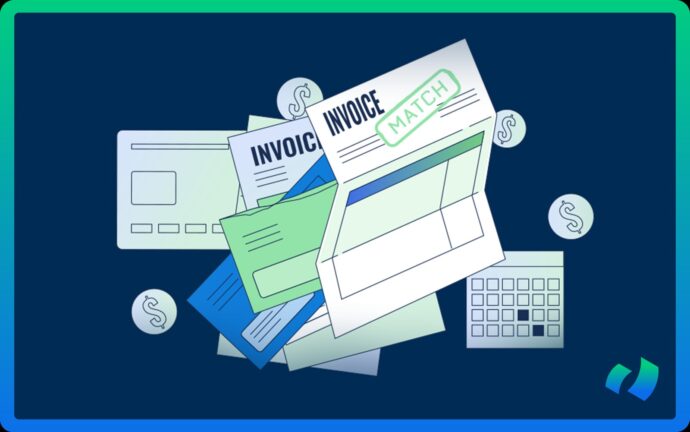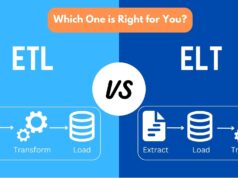Australian businesses today are under mounting pressure to manage costs and optimize the way they handle suppliers.
Manual procedures and ad hoc buying habits commonly result in hidden expenses, delays in delivery, and poor visibility. In response to this, most companies now adopt sophisticated systems that organize the buying process and provide greater visibility into their supplier relationships.
Of these tools, procurement software has come to be the centerpiece solution that reengineers how companies manage costs and hold their suppliers accountable.
Getting Mastery Over Spend Visibility:

Without a digital system, it is difficult to monitor how much is being spent and where it’s spent. A centralized system provides teams with real-time access to all transactions, enabling them to examine and grasp patterns.
Companies are able to detect leaks in spending and fix them in advance. With greater visibility, budgeting becomes better, and surprise expenses are a thing of the past, establishing a solid foundation for managing costs.
Avoiding Off-Contract Purchases:
In most Australian companies, off-contract or rogue buying still impacts budget accuracy. These are some small, unauthorized purchases that cumulatively add up.
By implementing approval workflows and restricting vendor options, digital systems discourage such behavior.
The platform also directs all orders through approved contracts. Not only does this minimize risks, but it also keeps teams on agreed pricing and terms.
Harnessing the Power of an Auction Platform:
When there is a chance to compare prices from several suppliers, competition automatically drives a better price.
An integrated auction platform within the buying process allows companies to make bidding open in real-time.
Competitors bid on price, speed of delivery, or quality of service. This approach not only saves dollars, but it also creates an open process where prices are honest and everyone is held responsible.
Simplifying Supplier Onboarding:

Onboarding new suppliers is slow. Without clear guidelines, companies find it difficult to authenticate credentials or understand terms.
Electronic platforms simplify this by providing self-registering vendors, uploading documents, and tracking contracts. Combined with an auction platform, onboarding also provides competitive supplier selection, leading to quality and price benefits.
Enhancing Contract Compliance Automatically:
Even when good deals are negotiated, they’re forgotten during purchases. Procurement systems retain contract information and automatically implement it at transaction time.
In case a supplier has discounted prices for specific quantities, the system will identify and utilize it. This functionality avoids contract breaches and ensures that savings through negotiated terms aren’t sacrificed through a lack of attention.
Avoiding Inventory Overload and Waste:
Overbuying invests cash in idle inventory while underbuying leads to operational delays. Demand forecasts and historical data embedded in procurement software enable companies to have exactly the inventory they need.
Buying decisions are made based on current data, so inventory expense is kept at a minimum without sacrificing shortages. Reduced waste also makes for a greener procurement paradigm.
A Performance-Driven Culture Being Established:

When workers know that what they are buying is being monitored, they become more judicious with requisition requests. Procurement software serves as the silent enforcer, ensuring expenditure adheres to policy without constant managerial vigilance.
This shifts company behavior over time. Employees adhere to protocol, vendors remain truthful, and every dollar spent is tracked, creating a professional and performance-driven workplace.
Utilizing Data to Enhance Supplier Selection:
Selecting a vendor by the lowest price can boomerang. Other considerations, such as delivery history, service level, and resolution of disputes, also count.
A procurement software captures and analyzes that data to provide buyers with a complete picture. When teams utilize scorecards and dashboards, their choices become more intelligent. This not only eliminates hidden expenses but also prevents risks from untrustworthy vendors.
Streamlining Bid Events with Auction Solutions:
Where high-end buys need to be executed, competitive rates and high supplier interest matter. An auction solution enables businesses to implement cost-cutting live auctions.
Such solutions are transparent, trackable, and offer full visibility into who bid what and when. Apart from cost savings, they kind of drive a culture of transparency and equity among vendors.
Optimizing Invoice Matching and Payment:

Manual processing of bills creates overpayments, delays, and mismatches. An electronic system automatically reconciles bills to purchase orders and receipts.
Payments are only made when all matches. This reduces manual checking, speeds up payment cycles, and eradicates duplicates. Suppliers also welcome early payment, which strengthens long-term relationships.
Being Prepared for Supplier Risks:
External risks like supply chain interruption, legal issues, or vendor bankruptcy may ruin any business. An effective procurement software deflects risk by tracking vendors’ financials and contract execution.
The warning signs are raised by notifications and reports, which send teams into immediate action. With real-time information from an auction marketplace, businesses can quickly identify substitute vendors and break their dependence.
Easily Scaling with Business Expansion:

As businesses expand, their vendor pool and buying volume increase with it.
Manual processes can’t handle this complexity. Procurement software scales with the company, handling more vendors, users, and transactions without requiring additional employees.
Even sophisticated capabilities such as auction platform bidding can be incorporated when needed. Scalability keeps companies agile and in control throughout expansion.
Encouraging Transparent Supplier Processes:
An open and organized procurement software helps deter improper behavior such as favoritism or back-door deals.
Bidding events are open to all pre-qualified vendors, making it a very fair process. With every decision being data-driven, transparency is a natural byproduct.
This not only instills internal confidence but also draws ethical suppliers who prefer fair competition.
Increasing Profitability Through Process Excellence:

At its core, cost control is not so much a matter of cutting spend but of spending well.
When systems are in alignment, processes are optimized, and supplier performance is transparent, the entire business becomes more profitable.
Procurement is no longer a reactive function but has become a driver of strategic value. With digital tools in the right hands, Australian businesses are future-proof.
Conclusion
Each dollar that a business spends has a story to tell. Without proper systems, however, that story is neither transparent nor economical.
With the application of organized tools such as procurement software and their embedding in an intuitive auction platform, companies in Australia can finally infuse transparency, control, and accountability into each buying decision.
This change not only enhances existing operations but also creates a robust and ethical foundation for future expansion.















